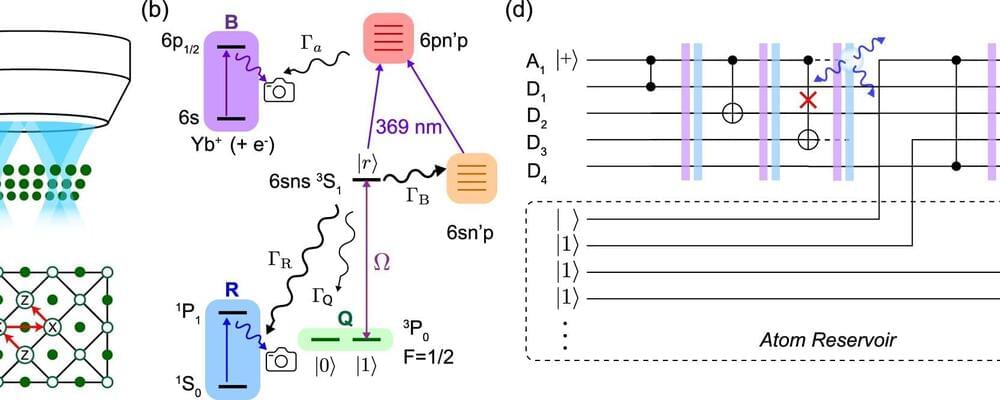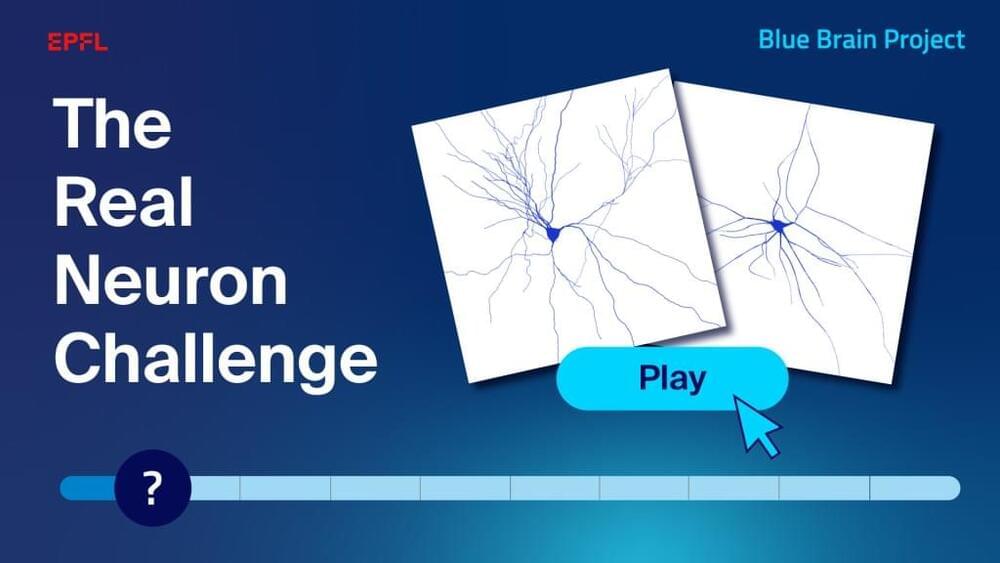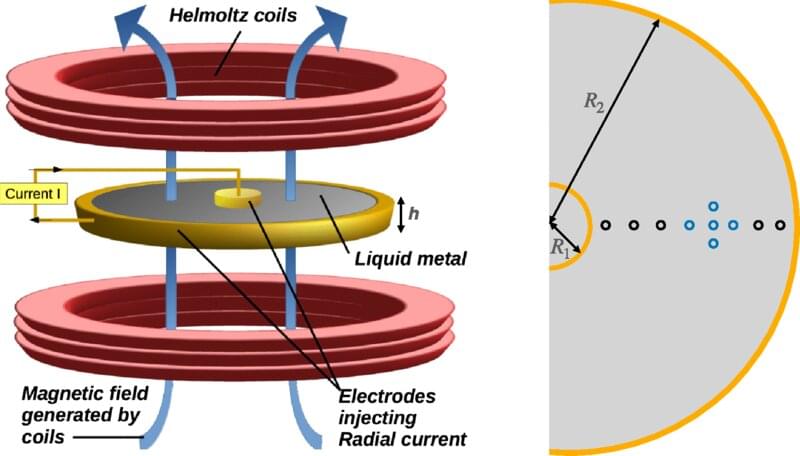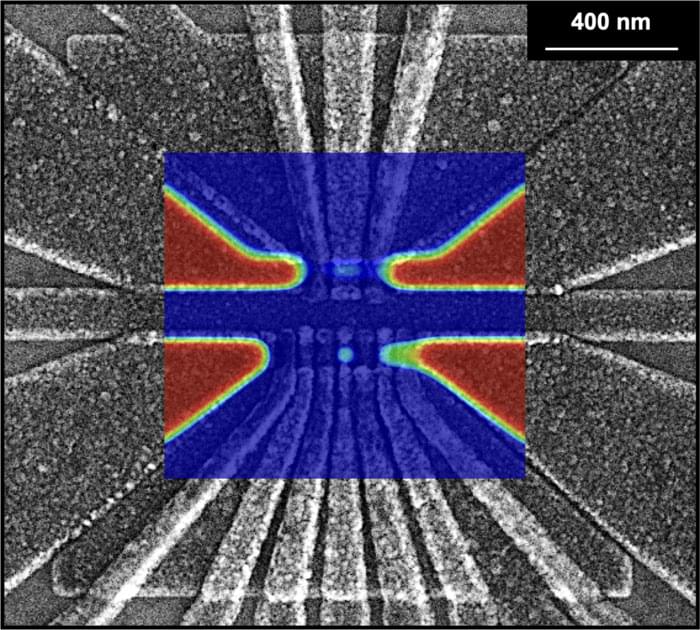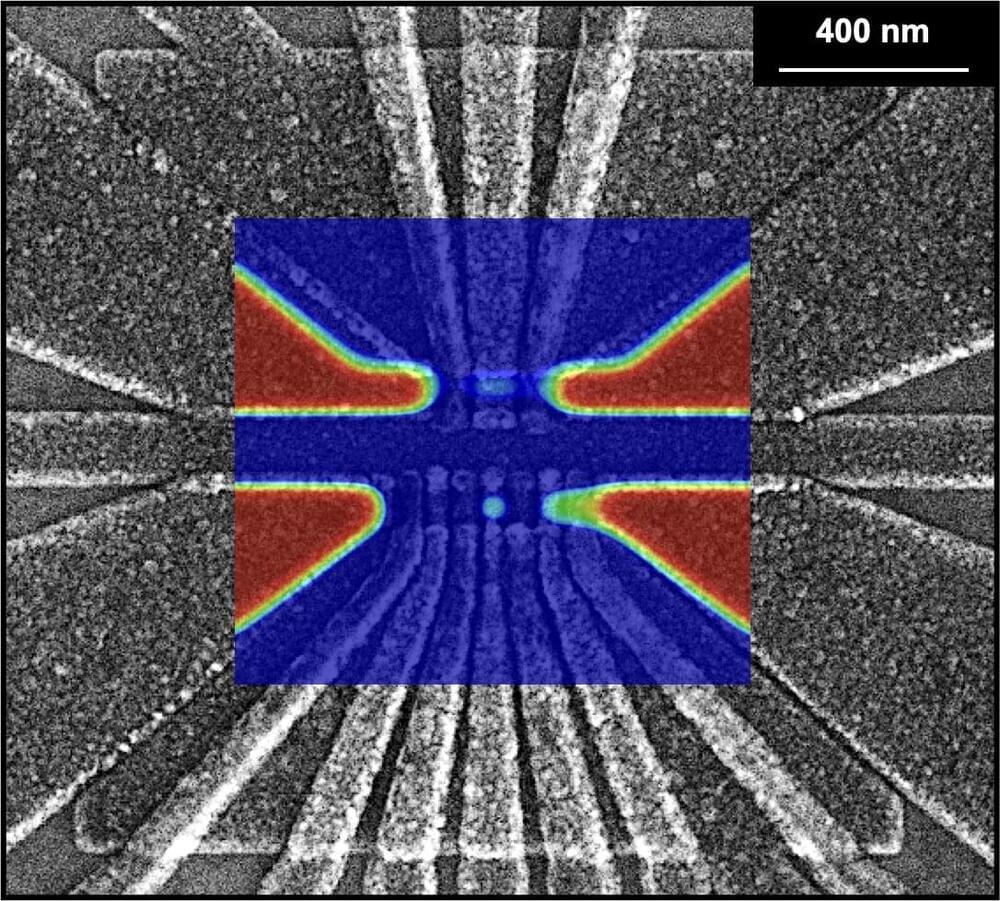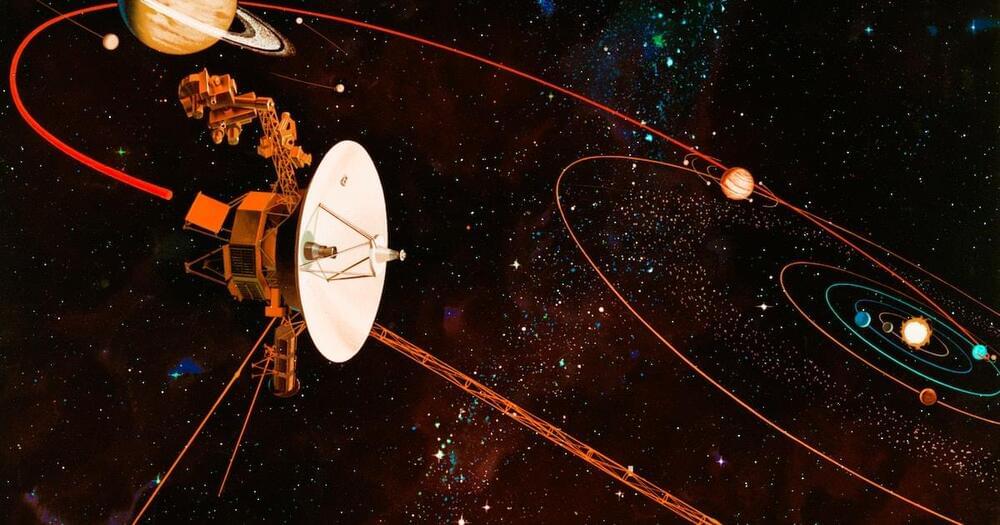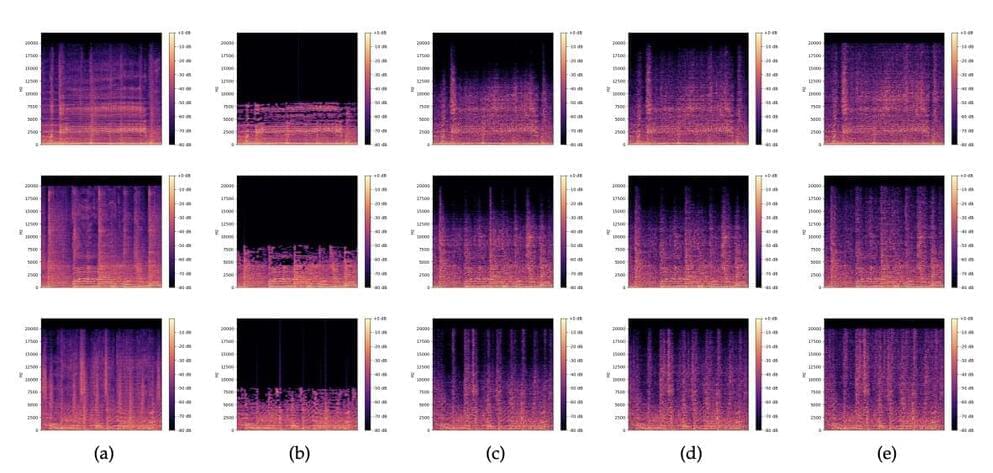The aircraft is one of Northrop Grumman’s best models.
The Northrop Grumman E-2 Hawkeye is an American all-weather, carrier-capable tactical airborne early warning aircraft. Its latest and most advanced version is the E-2D Advanced Hawkeye.
which features the AN/APY-9 radar (capable of detecting fighter-sized stealth aircraft), radio suite, mission computer, integrated satellite communications, flight management system, improved T56-A-427A engines, a glass cockpit and aerial refueling.
The E-2D Advanced Hawkeye provides warfighters with the necessary situational awareness to compress the time between initial awareness and active engagement.

